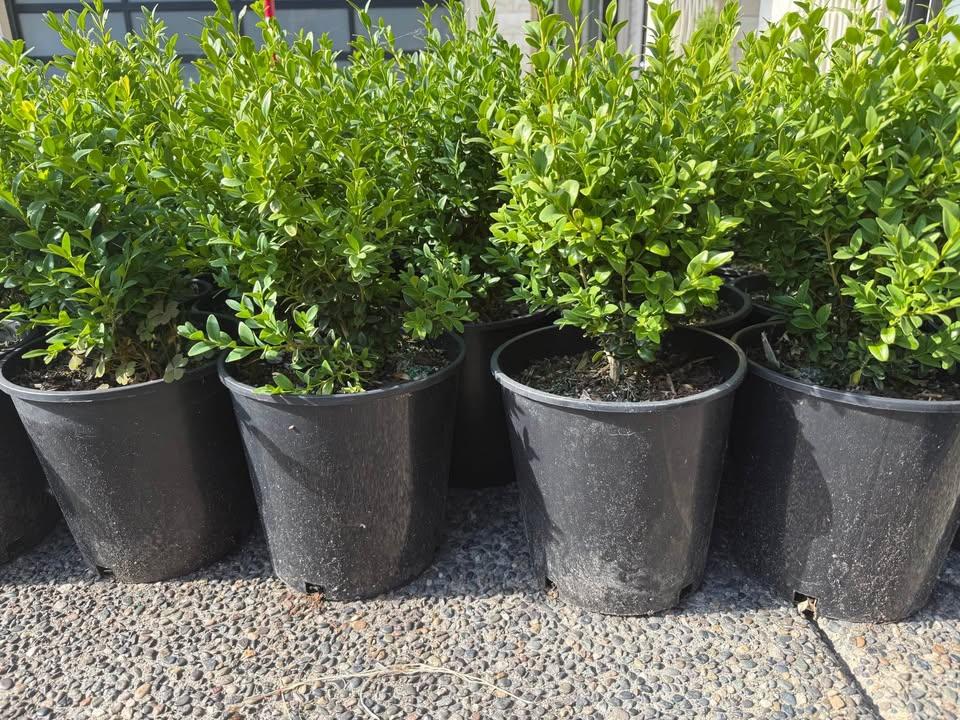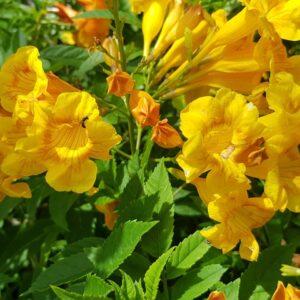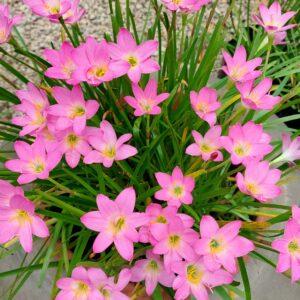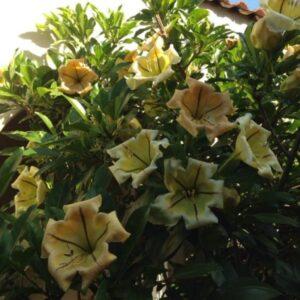Boxwood Plant The Evergreen Garden Sculptor
The Boxwood plant is one of the most popular evergreen shrubs worldwide, beloved for its small, glossy green leaves, compact growth, and its ability to be easily shaped into hedges, borders, spheres, or topiaries. Often used in formal landscaping, English gardens, and decorative pots, Boxwood is both timeless and easy to care for, making it ideal for beginner and seasoned gardeners alike.
🌱 General Description
Botanical name: Buxus sempervirens (common boxwood), other species include Buxus microphylla (Japanese boxwood)
Common names: Boxwood, Box, Buxus
Plant type: Evergreen shrub
Height: 2–6 feet (up to 20 feet for some species if unpruned)
Spread: 2–5 feet
Foliage: Small, oval, dark green to yellow-green leaves
Flowers: Small, yellowish-green, inconspicuous; bloom in spring
Growth rate: Moderate to slow
☀️ Sunlight and Temperature Needs
Sunlight:
Prefers partial shade to full sun
Ideal: 4–6 hours of sun daily, but some shade is helpful in very hot climates
In full sun, ensure extra watering; in deep shade, growth may become leggy
Temperature:
Hardy in USDA zones 5–9
Tolerates temperatures from -10°C to 35°C (14–95°F)
Can suffer leaf scorch in extreme summer heat or frost damage in colder regions without mulch protection
💧 Watering Routine
Boxwood needs consistent but moderate watering:
Newly planted shrubs:
Water every 2–3 days for the first few weeks
Then reduce to once or twice a week depending on weather
Established plants:
Water once a week, more during dry spells
Avoid soggy conditions, which can lead to root rot
💧 Always check the soil—if the top 2 inches feel dry, it’s time to water.
Use mulch to retain moisture and protect shallow roots.
🌱 Soil and Fertilizer Needs
Soil:
Prefers well-draining, loamy soil
pH: Slightly acidic to neutral (6.5–7.5)
Heavy clay or poor drainage can cause root diseases
Fertilizer:
Feed in early spring with a balanced slow-release fertilizer (10-10-10 or 14-14-14)
Optional second feeding in mid-summer
Compost or organic mulch added around the base helps long-term nutrition
⚠️ Do not fertilize in late fall—it may encourage tender growth vulnerable to winter damage.
✂️ Pruning and Shaping
Boxwood is known for its shearable nature and is a favorite for shaping.
When to prune:
Light pruning can be done anytime
Major pruning and shaping should be done in late spring to early summer
How to prune:
Use hedge shears or clippers to shape
Remove any dead or diseased branches
Thin out the inside occasionally to improve airflow
✂️ Tip: Prune during cloudy days to avoid sun scorch on exposed inner leaves.
🌿 Propagation Methods
Semi-hardwood Cuttings:
Take 4–6 inch cuttings in late summer
Remove lower leaves, dip in rooting hormone
Plant in moist potting mix; cover with plastic to retain humidity
Roots in 4–6 weeks
Air Layering or division is less common
🌱 Boxwood propagation is slow but rewarding—especially for heirloom varieties.
🐛 Pests and Diseases
While hardy, Boxwood may encounter a few issues:
Pests:
Boxwood leafminer (tiny fly larvae)
Boxwood mites
Aphids or scale (rare)
Diseases:
Root rot (from overwatering or poor drainage)
Boxwood blight (a serious fungal disease)
Leaf scorch (from extreme sun or wind)
🛡️ Solutions:
Water at soil level
Avoid overhead watering
Space plants for air circulation
Use neem oil or insecticidal soap as needed
🎍 Garden and Landscape Uses
Formal hedges or garden borders
Topiary art (balls, spirals, pyramids)
Foundation plantings
Pathway edges
Potted decoration for entrances and patios
🌿 Works beautifully with lavender, roses, camellias, or herbs in traditional gardens.
✅ Conclusion
Boxwood is a timeless favorite for good reason—easy to shape, versatile, and evergreen, it brings structure, elegance, and low-maintenance greenery to your garden year-round. Whether in a formal layout or container garden, its adaptability makes it a reliable and rewarding plant.
“





Reviews
There are no reviews yet.